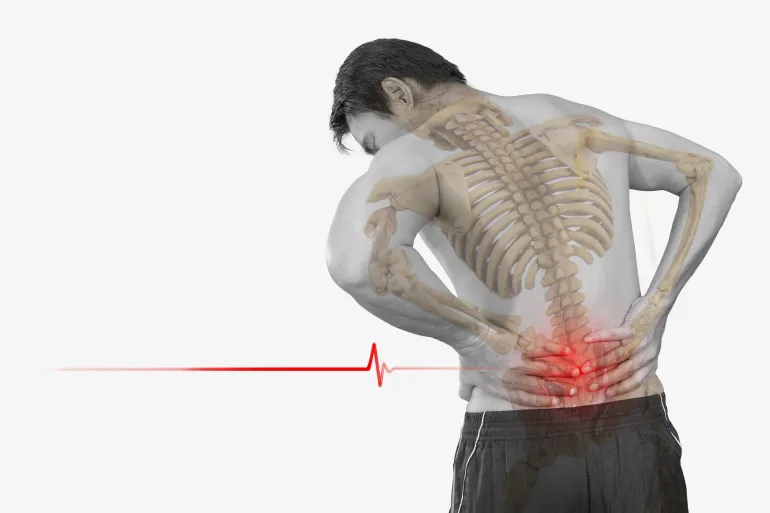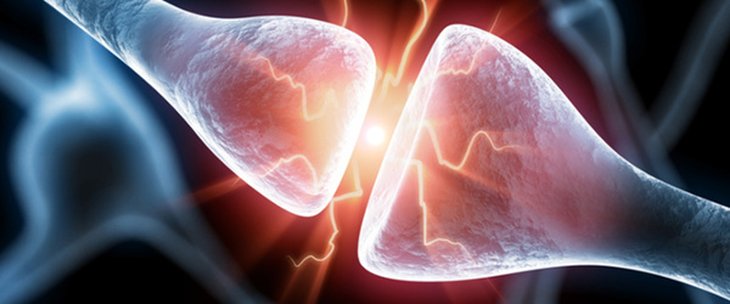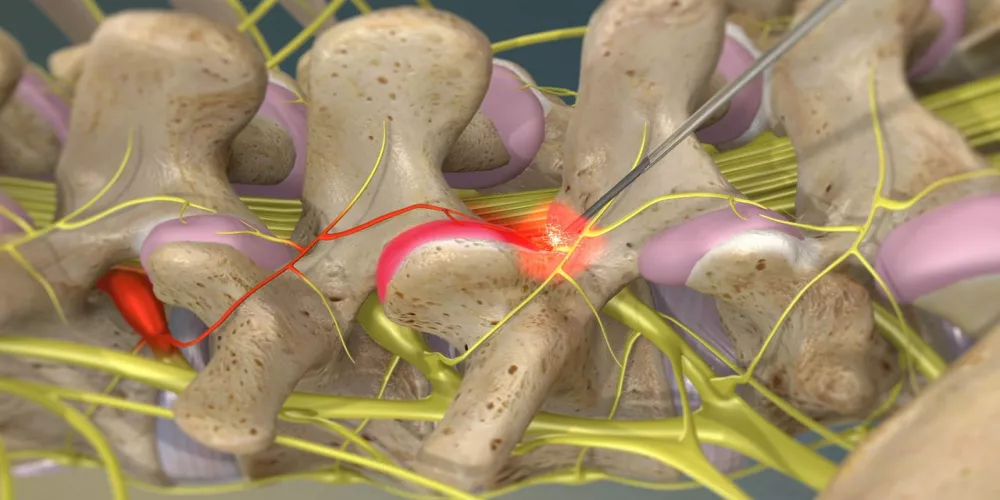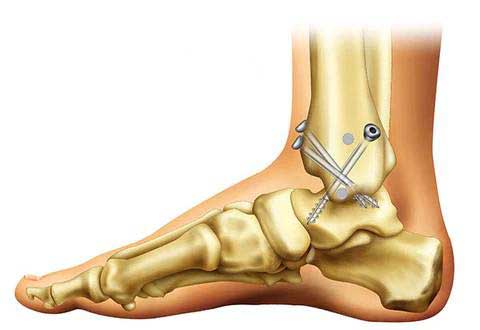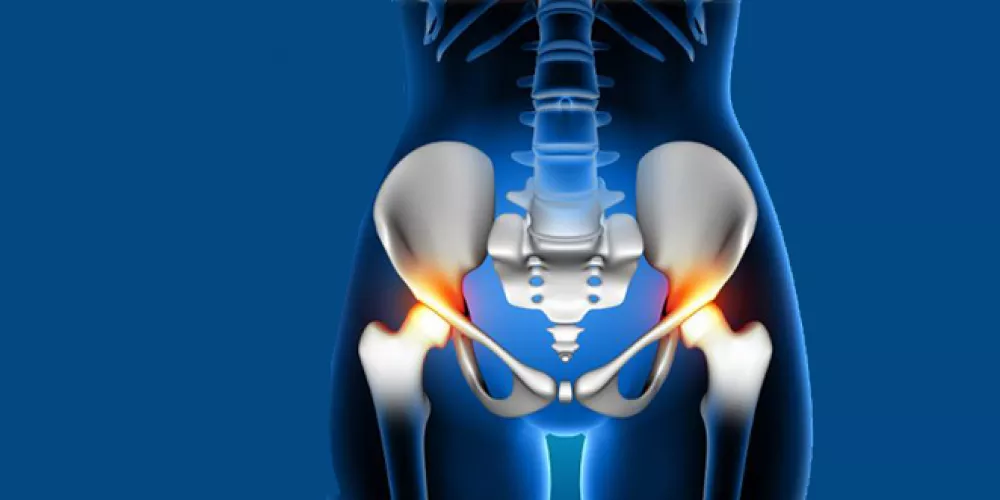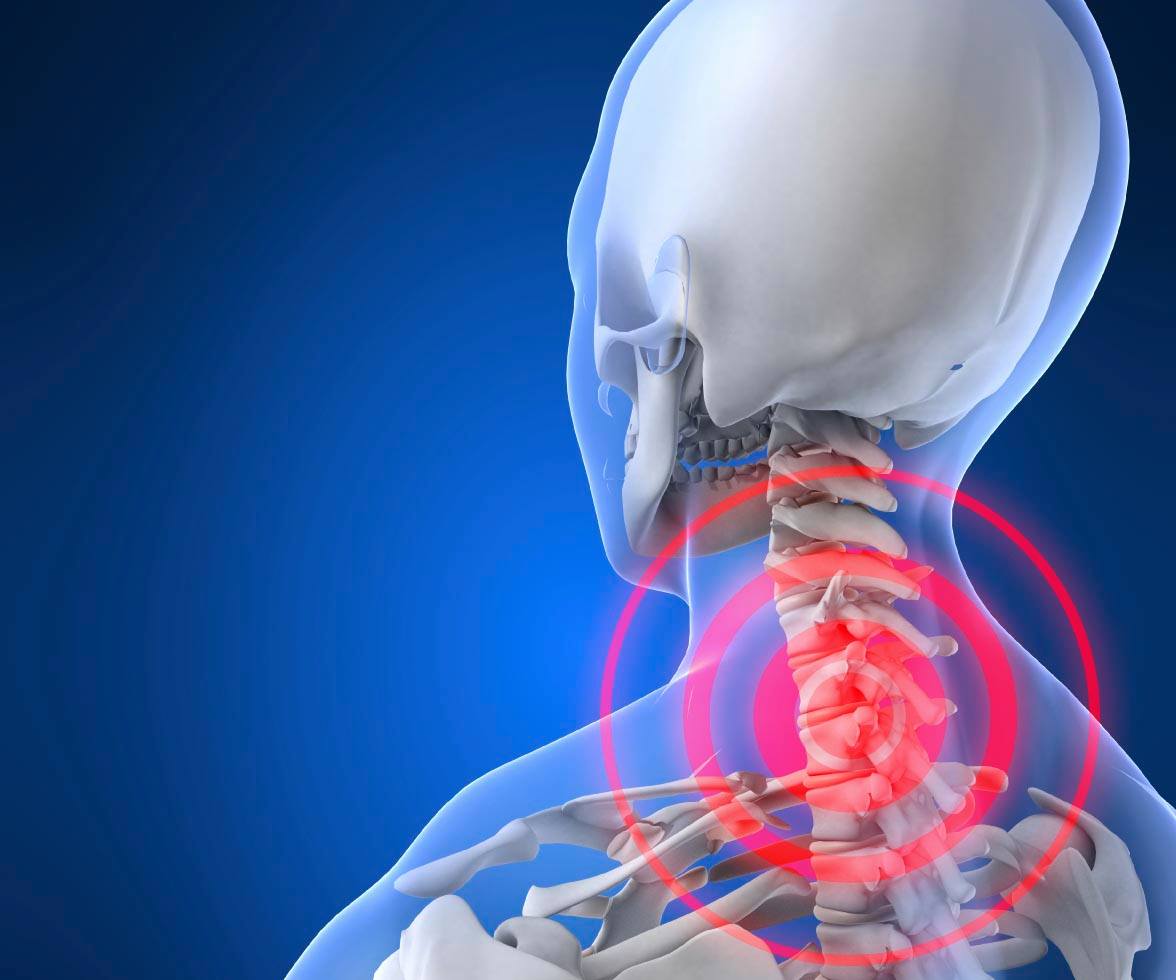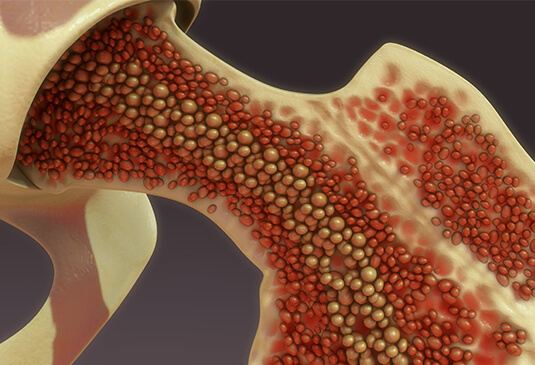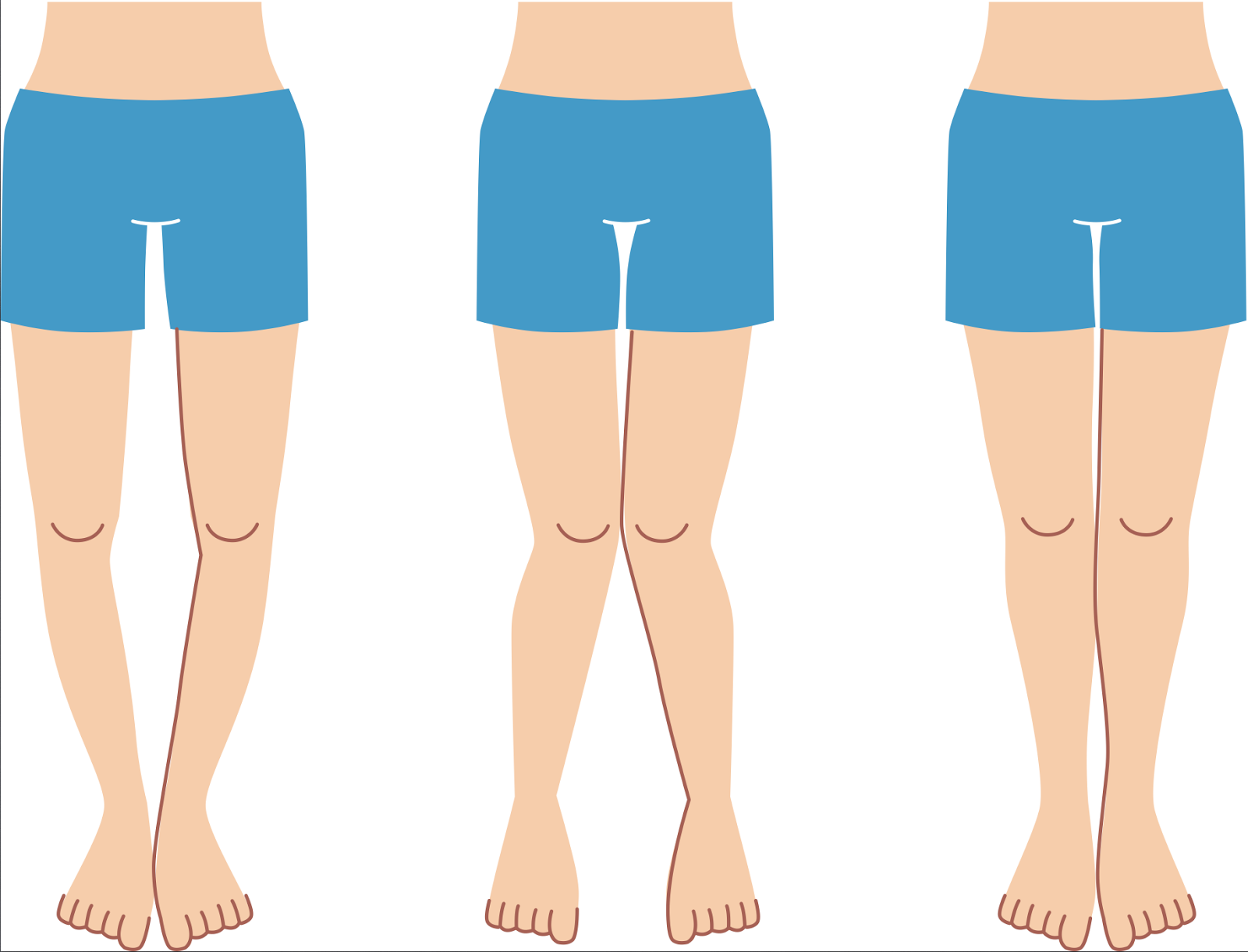Learn about the Most Skilled Doctor for Treating Sciatica in Egypt and What are the Medications Used in its Treatment?
The Most Skilled Doctor for Treating Sciatica in Egypt, Sciatica is a widely common condition among many individuals, and patients seek a good doctor to diagnose their condition, treat it, and relieve the pain they experience. In this article, we will help you find the best treatment plan to get rid of this condition, so follow us to learn more about sciatica and its symptoms.

Best Doctor for Treating Sciatica in Egypt
Sciatica is considered one of the modern-era diseases that many people in Egypt and around the world face. Among the specialists in this field, Dr. Amro Amal stands out as one of the best options available. Dr. Amro Amal is distinguished by his extensive, broad-ranging experience in orthopedics, possessing over 10 years of experience in diagnosing and treating cases of sciatica.
Dr. Amro Amal is an ideal choice for treatment, possessing exceptional skills in quick and accurate diagnosis, contributing to an effective treatment plan tailored to each case. Dr. Amro offers various innovative treatments that are safe and effective, including modern techniques such as laser therapy and ultrasound.
Dr. Amro Amal’s approach to patient care is characterized by kindness, transparency, and professionalism. He understands the psychological impact associated with sciatica and therefore pays special attention to the comfort and well-being of patients during treatment. Dr. Amro Amal deals with each case individually and strives to ensure comprehensive and appropriate care for every patient.
Thanks to his good reputation and excellent results, Dr. Amro Amal has gained widespread fame in Egypt as one of the best doctors for treating sciatica. Dr. Amro welcomes his patients in his clinic, equipped with the latest medical technologies, along with a specialized medical team working with him to provide optimal medical care.
In summary, Dr. Amro Amal is a leading expert in the field of sciatica treatment in Egypt. He stands out with his experience and exceptional skills, working diligently and professionally to provide the best solutions and outcomes for his patients. If you are suffering from sciatica, a visit to Dr. Amro Amal could be an important step towards healing and comfort.
What is Sciatica
Sciatica, also known as sciatic nerve inflammation, is characterized by back pain and lower limb pain where the patient feels numbness and tingling extending to the legs. It results from irritation, inflammation, or severe pressure on the sciatic nerve. The sciatic nerve is the longest nerve in the human body, starting from the lower end of the spinal cord from the back of the pelvis and extending to the feet, passing through the buttocks and thighs. The sciatic nerve is about as thick as a finger, and sciatica pain can occur in either the right or left leg.
What is the Cause of Sciatica?
There are several reasons for the occurrence of sciatica, with most cases being caused by a herniated or slipped disc. The reasons include:
- Disc Herniation or Slipped Disc: The spine consists of vertebrae which are a series of bones that make up the spine and protect the nerves. The discs are made of a tough fibrous bundle containing a soft, gel-like material and nerves. If a disc herniates or slips, it starts to press on the nerves, leading to problems in sensation or muscle weakness.
- Spondylolisthesis: This occurs when one of the spinal vertebrae slips out of place, putting pressure on the sciatic nerve and causing severe pain. The most common causes of spondylolisthesis are aging or degenerative joint disease of the skeletal system.
- Spinal Stenosis: This is a less common cause and occurs when the nerve passages in the spine narrow or are injured and inflamed due to the growth of tumors inside the spine. Stenosis refers to the narrowing of the passage through which the spinal cord runs down the spine, occurring due to the thickening of ligaments, discs, and bone spurs from the spine.
- Other Causes: These include inflammation in the spine, injury to the spine, muscles, and ligaments surrounding it, the growth of a tumor inside the spine, and cauda equina syndrome, which is a rare condition that occurs when the nerves are compressed or damaged. If neglected without treatment, it can lead to paralysis. The cauda equina is a bundle of nerves that branch from the end of the spinal cord.
If you want to learn more about sciatica and the main causes that lead to it, we recommend the following article.
What are the Symptoms of Sciatica?
Some symptoms or signs appear in a person suffering from sciatica, indicating their condition, including:
- Pain characterized by numbness and tingling, starting from the lower back and spreading through one of the legs to the foot and toes.
- The severity of the pain varies from mild to severe and worsens with sneezing, coughing, or sitting for long periods.
- A person with sciatica may suffer from weakness in the muscles of the affected leg and buttocks.
- Experiencing severe pain.
Prepare for quick recovery and relief from pain with sciatica surgeries and various treatments at Dr. Amro Amal’s clinic. We offer expertise and technology to achieve remarkable results.
How to Diagnose Sciatica
The appearance of sciatica symptoms, as mentioned above, helps the doctor diagnose sciatica through a physical examination of the patient, in addition to the following:
- Examining the muscles and their strength.
- Examining the lower back and leg movement.
- Testing sensation in the lower limbs.
- Magnetic resonance imaging (MRI).
- Computed tomography (CT) scan.
- Electromyography (EMG).

What are the Risks of Sciatica?
Sciatica occurs due to pressure on the nerve in the spine, leading to certain risks and complications, which include:
- The patient experiencing severe pain.
- The risk of suffering from a slipped or herniated disc.
- Loss of control over bowel and bladder functions.
- The risk of permanent nerve damage.
- Foot drop due to numbness, causing significant difficulty in walking.
- Weakness or loss of sensation in the affected leg.
What is the Treatment for Sciatica?
Many sciatica cases heal on their own without the need for a treatment plan or surgical intervention. However, some cases persist for a long time and require one of the available treatment methods, which include:
- Self-Help: There are many things a patient can do themselves to help alleviate the symptoms of sciatica, such as staying as active as possible, applying cold and hot compresses, and using simple pain relievers like paracetamol or ibuprofen to relieve pain and stiffness.
- Physical Exercises: Engaging in simple physical exercises such as walking helps reduce the severity of symptoms associated with sciatica and strengthens the muscles that support the back. Resting in bed is important and helps reduce pain, but staying in bed for long periods may not be beneficial in this situation.
- Painkillers: The annoying and continuous pain experienced by a person with sciatica may require some pain relievers, including paracetamol, non-steroidal anti-inflammatory drugs like ibuprofen, narcotic pain relievers like morphine and codeine, and also antidepressants.
Compresses: It has been found that using cold and hot compresses can help reduce pain. Hot compresses are available in pharmacies, while cold compresses can be made at home by wrapping a frozen bag of vegetables in a towel and then placing it on the painful area.
Physical Therapy: In some cases, the doctor may recommend that the patient follow a plan of physical exercises that strengthen the muscles and support the back, thereby improving the flexibility of the spine. Also, following instructions that help improve the patient’s posture and reduce the excess strain on their back.
Spinal Injections: If the doctor finds that the patient does not respond to the other treatment methods mentioned above, they will refer the patient to a specialist to receive a corticosteroid injection in the spine or a local anesthetic injection.
Surgical Intervention: Surgical treatment of sciatica is rare and only considered when there is a known cause, such as the presence of a herniated disc, or if the patient does not respond to any other types of treatments, or if the symptoms worsen and progress towards the worse. The type of surgery performed by the doctor depends on the cause behind the sciatica, which includes disc removal or fusion surgery, and laminectomy.
Signs of Recovery from Sciatica
There are no specific signs through which a patient can know that they have been cured of sciatica, as symptoms of course vary from one case to another. However, complete recovery from sciatica can be predicted through the following:
- If the doctor informs the patient that they have been cured of sciatica.
- If the patient stops taking medications at the request of the doctor.
- If the person with sciatica feels an improvement in symptoms and the pain they were suffering from begins to disappear.
- If the patient feels that they have regained their strength and full ability to move.
- If the patient is able to return to their normal daily activities very naturally.
How Long Does It Take for Sciatica to Heal?
Get ready for confidence and progress with sciatica treatments at Dr. Amro Amal’s clinic. We provide guidance and support at every step of the process to ensure a satisfying experience and amazing results.
In most cases, sciatica symptoms need about 8 weeks to disappear and for the patient to feel relief. Most people suffering from sciatica experience an improvement in symptoms ranging from 80 to 90% without the need for any surgical procedure.
Medications for Treating Sciatica
There are some medications used in the treatment of sciatica, which include the following:
- Anti-inflammatory drugs.
- Antidepressants.
- Corticosteroids.
- Antispasmodic medications.
- Opioid drugs.
Does Sciatica Heal on Its Own?
Get rid of embarrassment and prepare to feel rejuvenated with sciatica treatments at Dr. Amro Amal’s clinic. We offer innovative care and modern technology to ensure your comfort and satisfaction.
Yes, it is possible for a sciatica patient to heal on their own without the need for medication or any surgical procedure. Typically, an acute episode of sciatica symptoms ranges from one week to two weeks and is known to disappear on its own within a few weeks.
What is the Correct Sleeping Position for Someone Suffering from Sciatica?
There are several correct sleeping positions for a person suffering from sciatica pain, which we will clarify as follows:
- Sleeping on the side: Sleeping on the side helps to reduce the pain by relieving pressure on the irritated nerve, provided that the patient places the affected side up. It is better to place a pillow between the knees to ensure the pelvis and spine are kept in a neutral position and prevent the leg from rotating during the night.
- Fetal position: This position helps to open space between the vertebrae, reducing the pain caused by a herniated disc. The patient should lie on their side and pull their knees to their chest to form a ‘C’ shape, and a pillow can be added between the knee and waist for comfort.
- Sleeping on the back with a pillow under the knees: Lying in this position helps distribute weight evenly across the back, and placing a thick pillow under the knees helps maintain the spine’s curvature by relaxing the thigh muscles.
- Sleeping on the floor: Using soft surfaces can lead to the spine bending away from its correct alignment, so sleeping on the floor helps maintain the spine in a better alignment. This can be done by placing a thin mat, such as a yoga or camping mat, and then lying on it.

What is the Difference Between Sciatica and a Disc Problem?
Disc or Herniated Disc: This is the protrusion of the gel-like fluid inside the discs located between the vertebrae of the spine, resulting in pressure on the nerves. Consequently, the patient experiences pain in the lower back, which may extend to the legs.
Sciatica: This is an inflammation of the sciatic nerve, resulting in severe pain in the back area, extending down to the lower foot. The most notable difference between the two is that sciatica can be treated in a short period, while a herniated disc requires a longer treatment period and often results from a permanent problem. A herniated disc can develop into sciatica, but the opposite does not usually happen.



